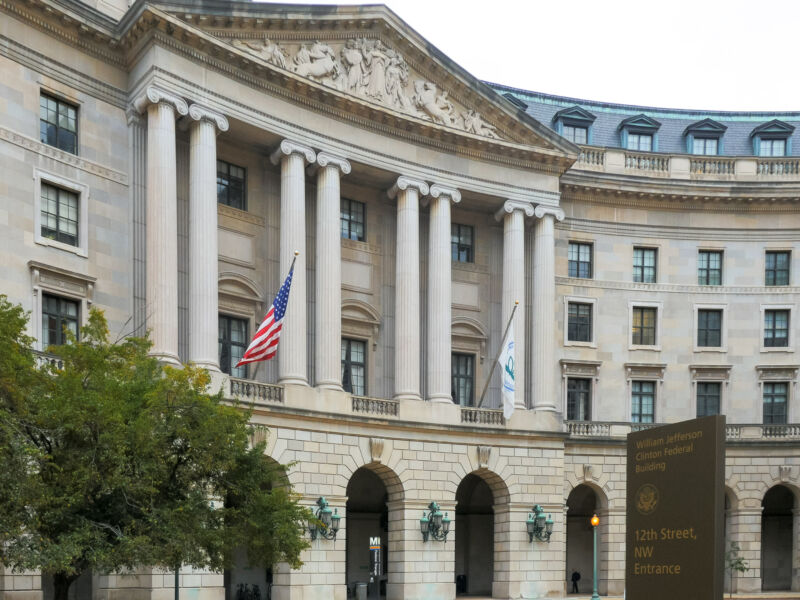

EPA sets limits on some “forever chemicals” as low as they can go
source link: https://arstechnica.com/science/2023/03/epa-sets-limits-on-some-forever-chemicals-as-low-as-they-can-go/
Go to the source link to view the article. You can view the picture content, updated content and better typesetting reading experience. If the link is broken, please click the button below to view the snapshot at that time.

Getting rid of forever —
EPA sets limits on some “forever chemicals” as low as they can go
If you can detect any, it's too much.
John Timmer - 3/15/2023, 12:14 PM

On Tuesday, the Environmental Protection Agency announced that it had started the process that will see drinking water regulations place severe limits on the levels of several members of the PFAS (perfluoroalkyl and polyfluoroalkyl substances) chemical family. PFAS are widely used but have been associated with a wide range of health issues; their chemical stability has also earned them the term "forever chemicals." The agency is currently soliciting public feedback on rules that will mean that any detectable levels of two chemicals will be too much.
PFAS are a large group of chemicals that have uses in a wide range of products, including non-stick cooking pans, fire control foams, and waterproof clothing. They're primarily useful because of their water-repellant, hydrophobic nature. That nature also tends to keep them from taking part in chemical processes that might otherwise degrade them, so contamination problems tend to stick around long after any PFAS use. And that's bad, given that they seem to have a lot of negative effects on health—the EPA lists cancer risks, immune dysfunction, hormone signaling alterations, liver damage, and reproductive issues.
AdvertisementBack in 2021, the Biden administration announced that it was starting a research and regulatory program focused on PFAS and issued preliminary guidance on acceptable levels last year. Today's announcement is the start of a formal rulemaking process that will see the development of legally binding limits. This process involves the EPA publishing proposed rules to allow the public and interested parties a chance to provide feedback. Once that feedback is addressed, formal rules will be published.
The most striking thing about the proposal is that two of the chemicals, Perfluorooctanoic acid (PFOA) and Perfluorooctanesulfonic acid (PFOS) will be set at the limits of our current ability to detect them: four parts per trillion. In other words, if there's any sign of the chemicals present, it would be above the legal limit. (Both of these are acidic hydrocarbons where all of the hydrogen has been replaced by fluorine.)
A second set of related chemicals (PFNA, PFHXs, PFBS, and GenX Chemicals) will be regulated as a collective. Each will have limits set on the levels allowable. The levels of each will be calculated as a percentage of that limit, and the percentages totalled; if they exceed 100 percent, then the regulations will kick in.
As part of its earlier efforts, the EPA has already been providing grants to help water utilities set up to test for these chemicals. It also says that a variety of means of extracting these chemicals from water are now available.
Recommend
About Joyk
Aggregate valuable and interesting links.
Joyk means Joy of geeK